The Collector’s Tale archival exhibition, “The Third Eye of History”, is set against the backdrop of Xiamen in 1908. Mr. Liu Gang has a remarkable collection of 38 albumen prints capturing the American fleet's 1908 visit to Xiamen. These images serve as crucial historical records, allowing us to step back in the time of the historical scene of 115 years ago.
"The Third Eye of History" refers to the perspective of the camera. The vivid photographic details capture a pivotal moment in history—the day, on October 30, 1908, when the Qing government rolled out the red carpet for some 7,000 officers and soldiers from America's "Great White Fleet" in Xiamen. Recognizing the gravity of this visit, the Qing officials went above and beyond. They designated Yanwu Hall Square, just outside the city, as the official welcome point and poured significant resources into building luxurious venues and facilities. They had to hurriedly rebuild some structures after a typhoon caused damage. Over the six-day visit, the Qing didn't just host grand banquets—they also set up sports competitions and presented the American guests with elegant silver cups and vases as keepsakes. Xiamen nights glowed—warships and fireworks lit up the sky, and special electric lights illuminated the welcoming archway. Capturing these moments was no small feat, given the camera technology of the time. While the identity of the photographer remains a mystery, these 38 shots stand out for their objective and serene viewpoint. They could very well be the detailed records of military journalists on assignment. Later, these photographs might have been compiled into an album by Chinese officials, photography studios, or individuals, with descriptive Chinese captions neatly written above each image.
While delving into the context of these photos, our understanding of the event deepened, thanks in part to the support of Mr. Chen Yayuan, a local Xiamen collector. This exhibition showcases the original Cloisonné pieces featured in the vintage photo records, along with a panoramic display of seven armored ships. A carefully curated photo album reveals the fleet's detailed journey in Xiamen and the grandeur of the hosted banquets. As America began to assert its dominance on the world stage, the decision to select Xiamen—a rather secluded southern port—for the fleet's global tour was likely influenced by the intricate political dynamics of the era. One might wonder about the long-term implications of this visit on Xiamen's trade and port development (notably, two stone inscriptions on Nanputuo Mountain documenting visits from 1908 and 1910). Through this exhibition, we aim to ignite further conversations about the region's history.
This exhibition aims to contextualize Xiamen within the broader global landscape of the 20th century. Instead of weaving a grand narrative, it delves deep into the minutiae of visual history. It probes questions such as, "Who were the photographers, and who were the intended audiences? What were the experiences of the ordinary people, those who stared directly into the camera lens, during these moments?" Simultaneously, the exhibition will lay out the event's timeline, resembling a "dialogue box", highlighting diverse voices—from Northern Warlords (Beiyang Army) leader Yuan Shikai to revolutionaries like Chen Qubing. These myriad voices, juxtaposed with the photographs, come together to offer a richer tapestry of history. In essence, this exhibition provides an interpretative discussion rather than final conclusions about history. The showcased event encapsulates the late Qing Dynasty, mirroring global interactions, the birth and clash of various political and cultural identities, and the multi-faceted challenges China confronted, from the international imperial scene to regional and local dynamics.
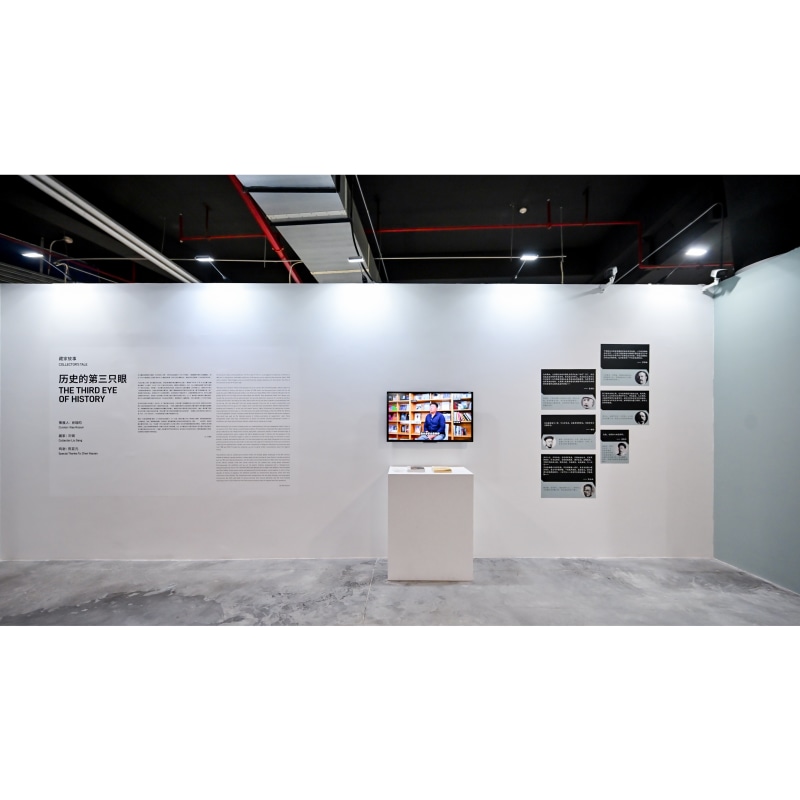
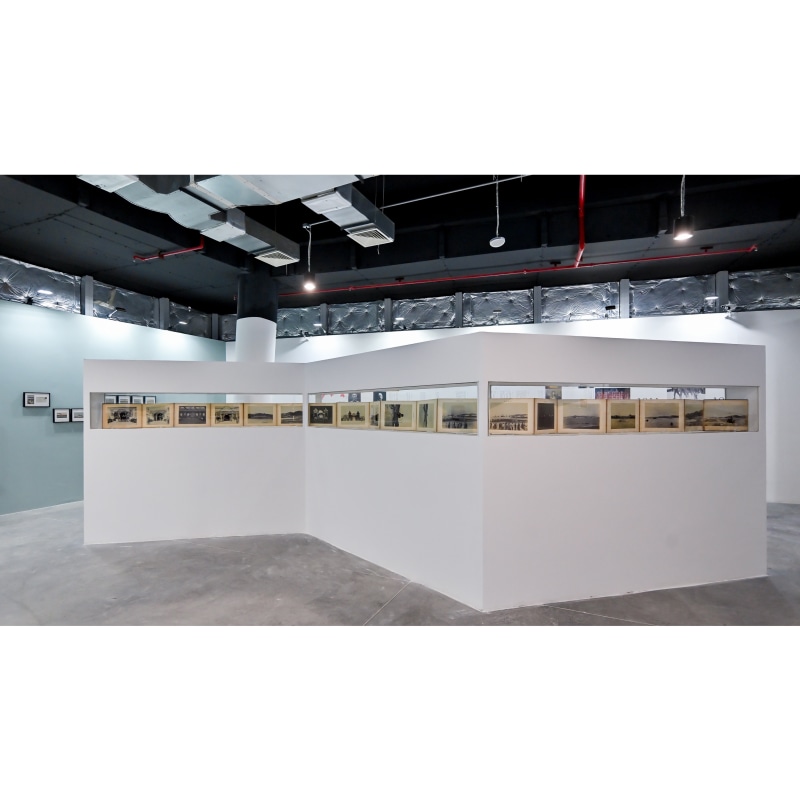
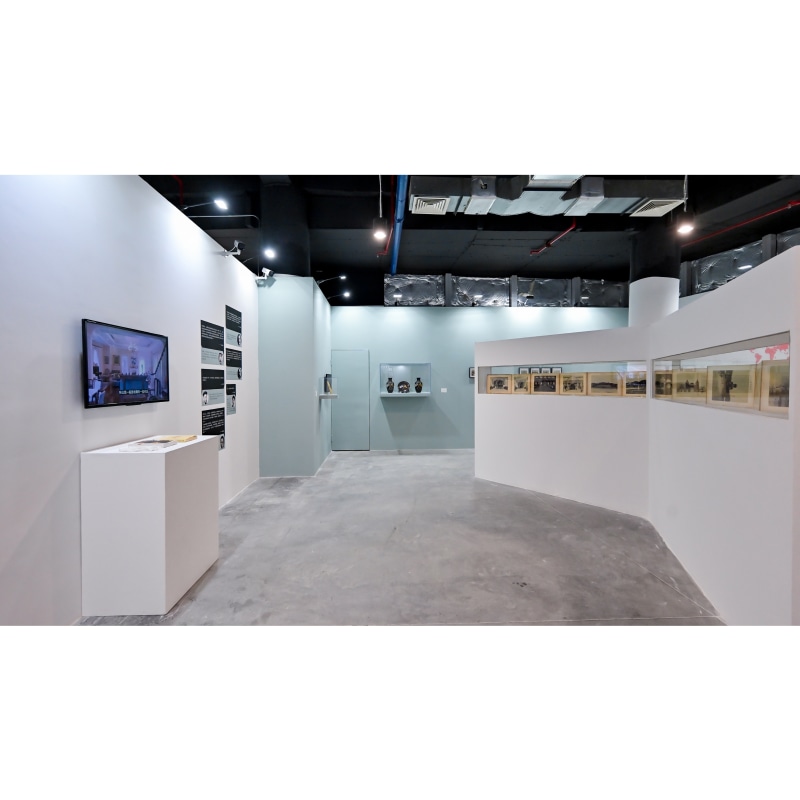
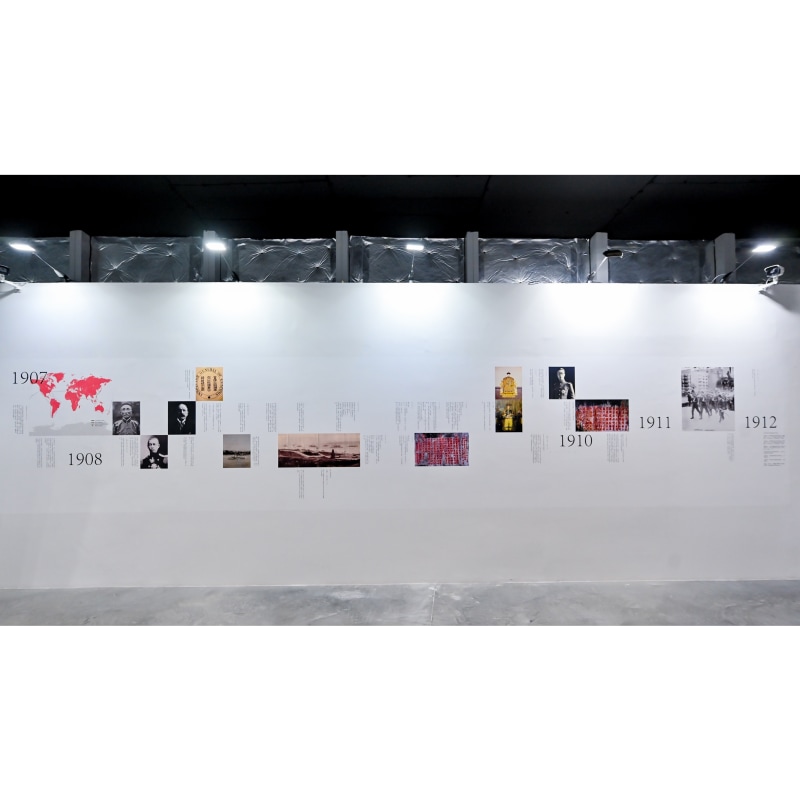
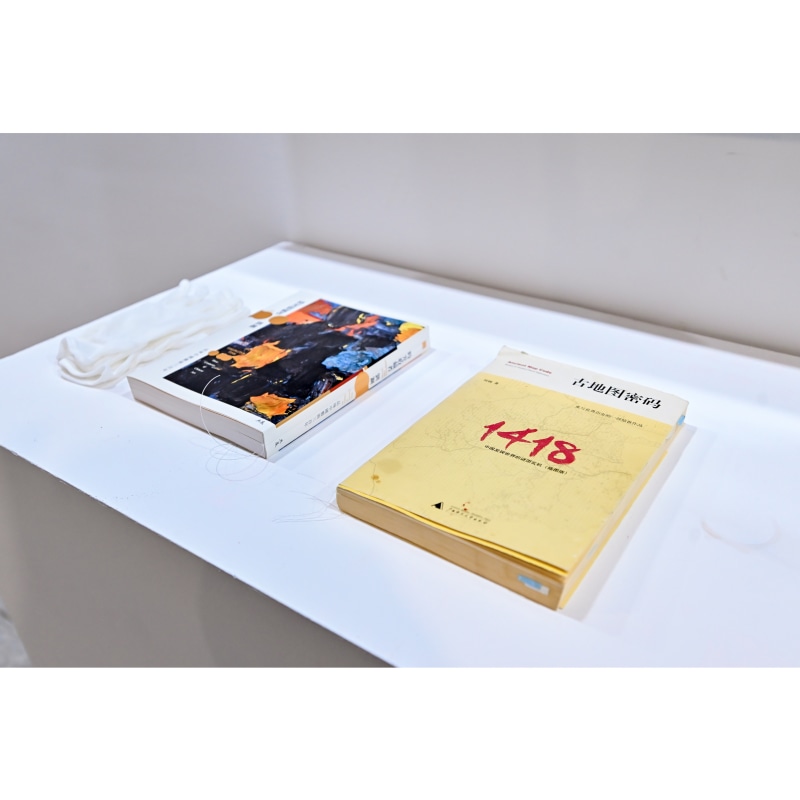
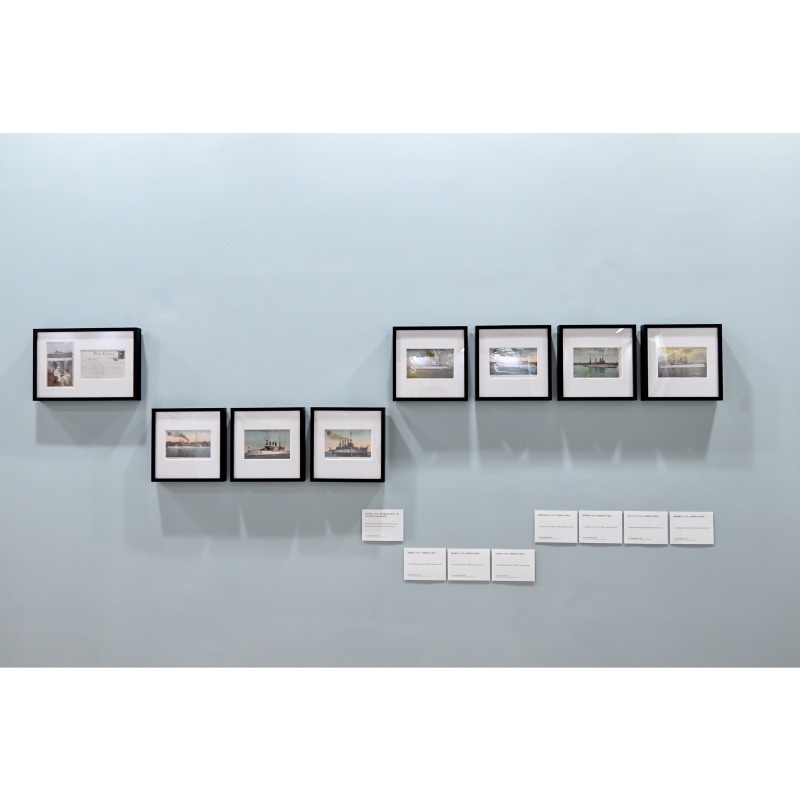

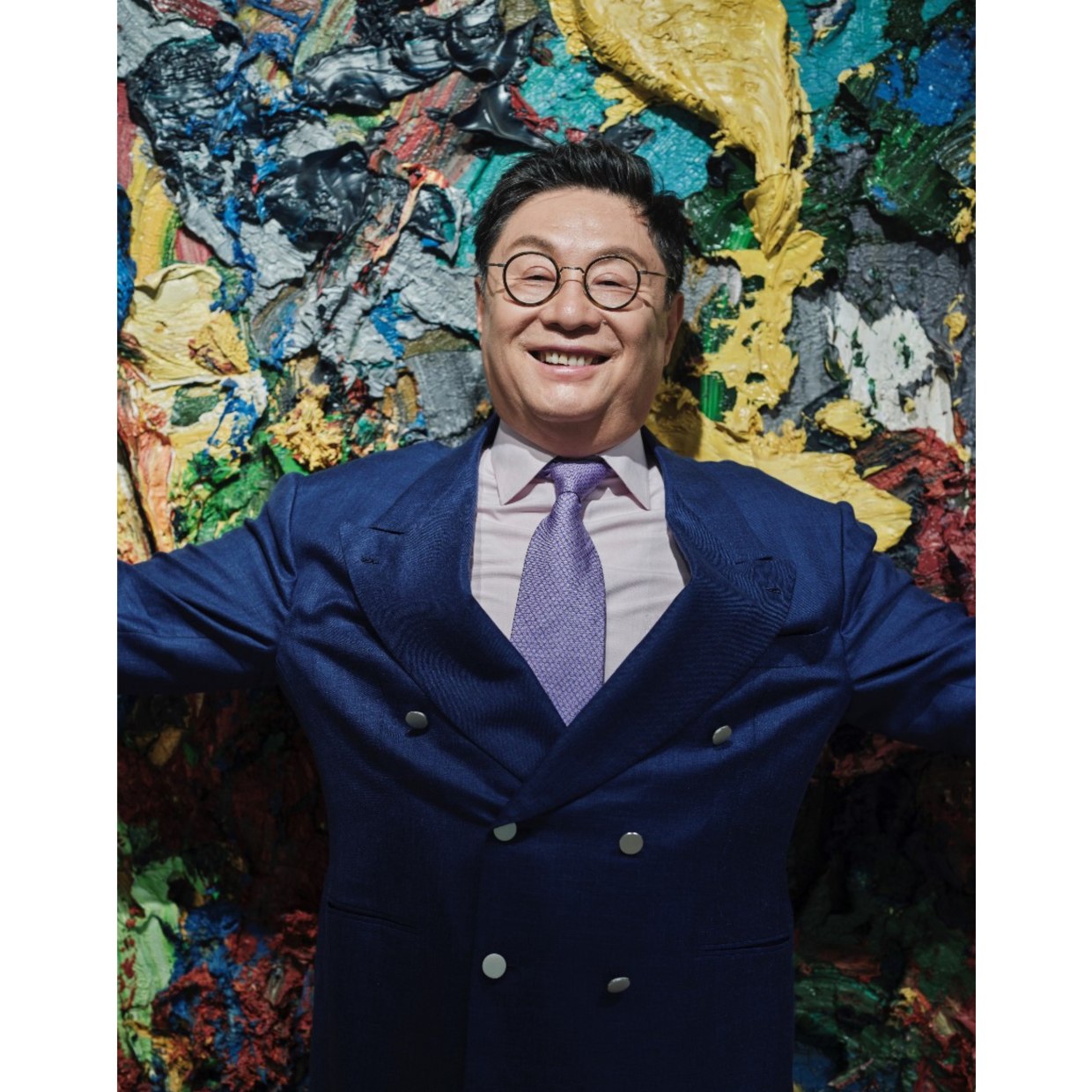 Portrait of Liu Gang
Portrait of Liu Gang Portrait of Xiao Ruiyun ©Sean Wang
Portrait of Xiao Ruiyun ©Sean Wang People line up at the docks, albumen print, 1908. Collection of Liu Gang, courtesy of Liu Gang.
People line up at the docks, albumen print, 1908. Collection of Liu Gang, courtesy of Liu Gang.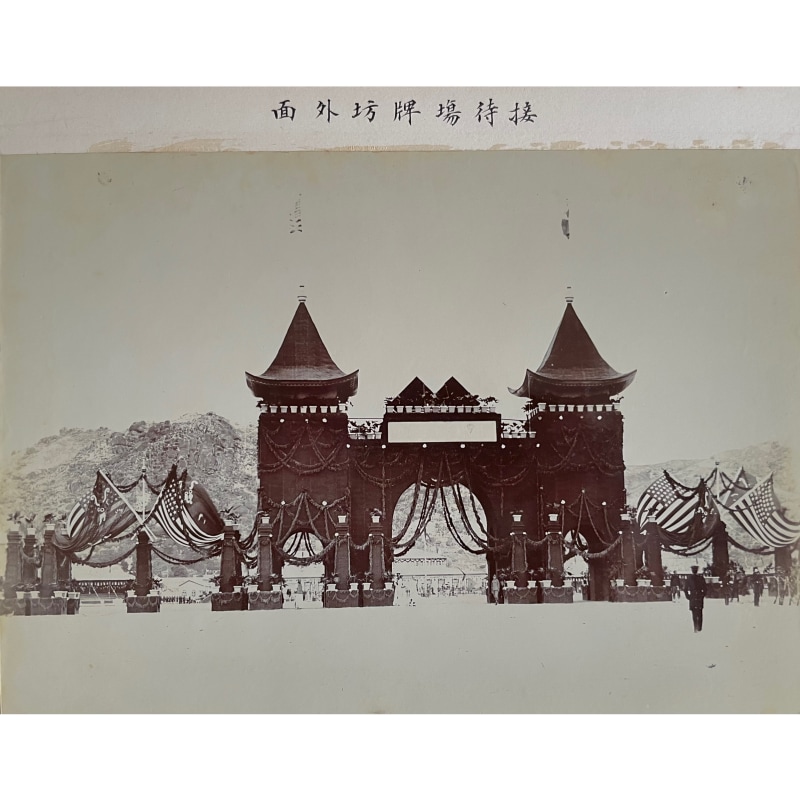 Outside the reception hall, albumen print, 1908. Collection of Liu Gang, courtesy of Liu Gang.
Outside the reception hall, albumen print, 1908. Collection of Liu Gang, courtesy of Liu Gang. American Fleet fires birthday salute, albumen print, 1908. Collection of Liu Gang, courtesy of Liu Gang.
American Fleet fires birthday salute, albumen print, 1908. Collection of Liu Gang, courtesy of Liu Gang.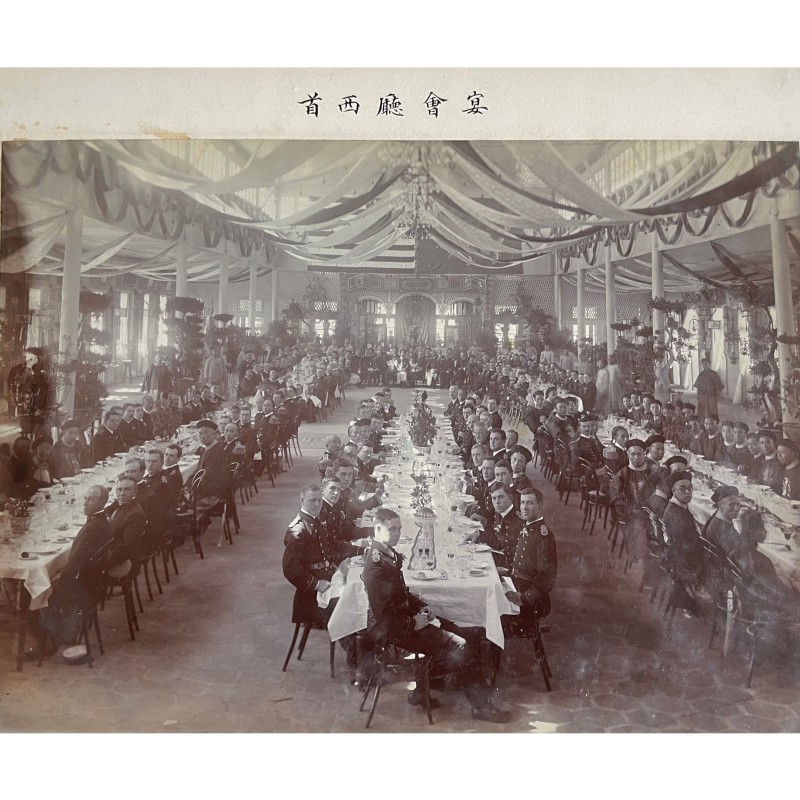 Banquet Hall West, albumen print, 1908. Collection of Liu Gang, courtesy of Liu Gang.
Banquet Hall West, albumen print, 1908. Collection of Liu Gang, courtesy of Liu Gang.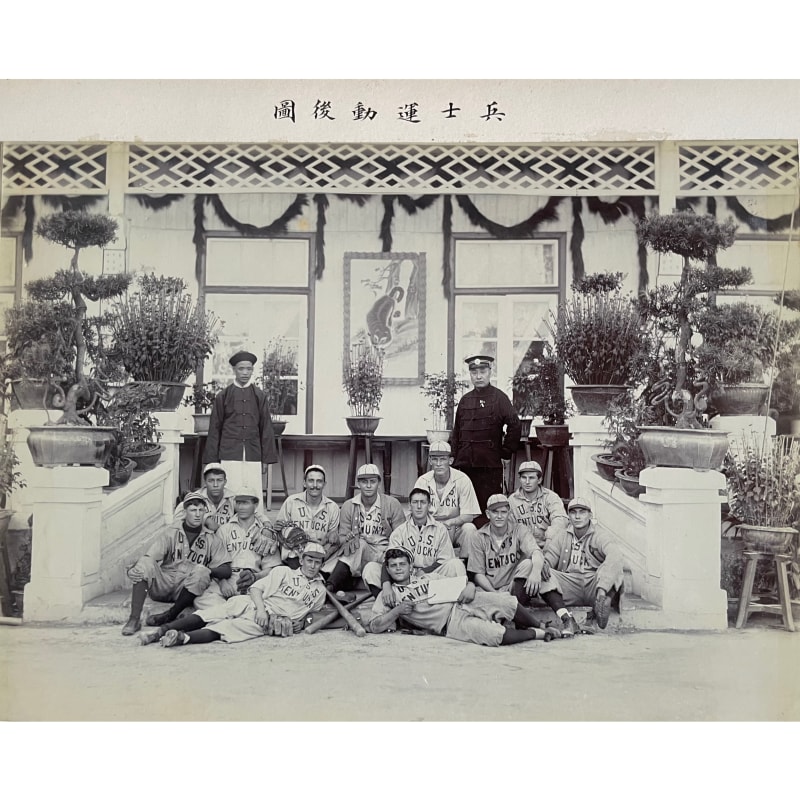 Image of soliders after the campaign, 1908. Collection of Liu Gang, courtesy of Liu Gang.
Image of soliders after the campaign, 1908. Collection of Liu Gang, courtesy of Liu Gang.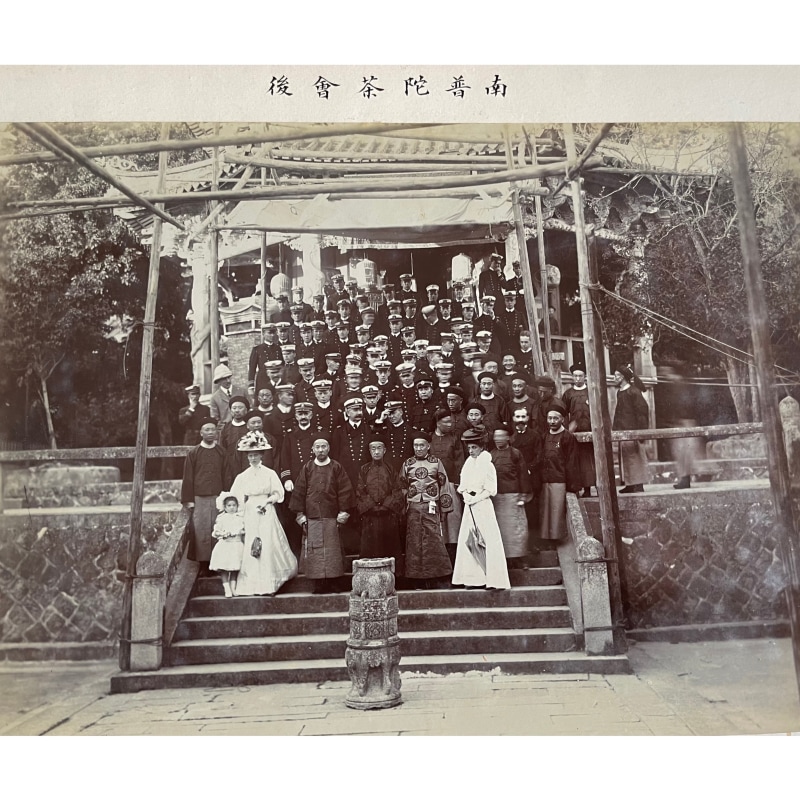 After the tea party at Nanputuo, 1908. Collection of Liu Gang, courtesy of Liu Gang.
After the tea party at Nanputuo, 1908. Collection of Liu Gang, courtesy of Liu Gang.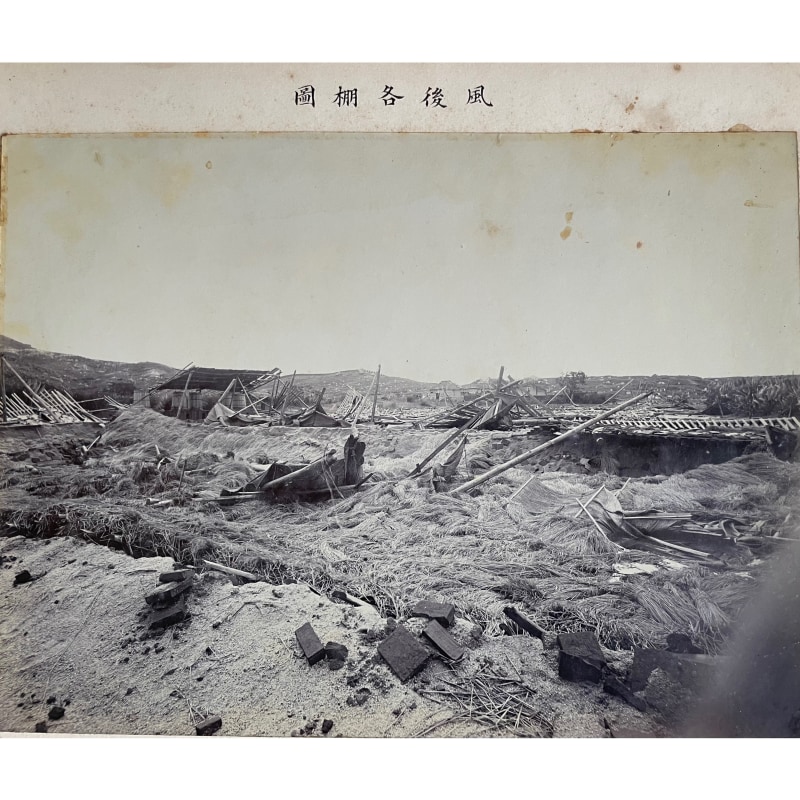 Image of each shed after the wind, 1908. Collection of Liu Gang, courtesy of Liu Gang.
Image of each shed after the wind, 1908. Collection of Liu Gang, courtesy of Liu Gang.